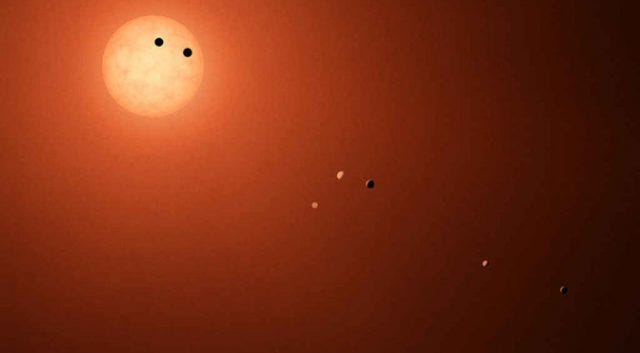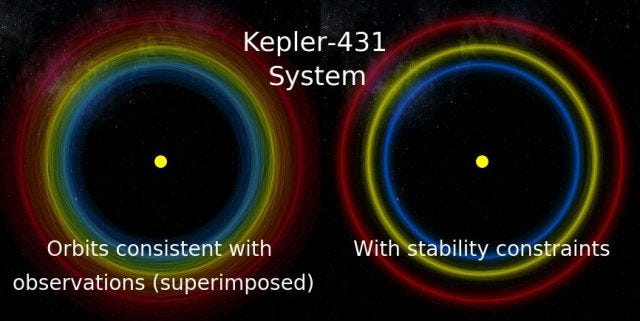# Revolutionary AI Accelerates the Calculation of Distant Planetary Orbits
Written on
Chapter 1: Understanding Planetary Systems
In our solar system, we have eight planets that coexist without collisions, a fortunate situation for us. But how frequently do planets in other solar systems collide? A groundbreaking AI developed by researchers at Princeton has the capability to rapidly analyze potential orbits to distinguish between stable and unstable configurations. This advancement has the potential to enhance astronomers' understanding of distant solar systems that we cannot observe in fine detail.
Current technology for detecting exoplanets falls short in providing precise orbital data. However, by examining available information and modeling various possibilities, we can form a general understanding of planetary mechanics. The challenge lies in the sheer number of potential orbits; even advanced supercomputers can take hours to model around a billion of them. Daniel Tamayo, a Sagan Fellow at Princeton's NASA Hubble Fellowship Program, created an algorithm that serves as an efficient alternative to traditional "brute force" computing methods.
According to Tamayo, distinguishing between stable and unstable orbits is computationally intensive, even with cutting-edge supercomputers, due to the multitude of orbits to consider. His system, known as SPOCK (Stability of Planetary Orbital Configurations Klassifier), streamlines this process by integrating a simplified model of planetary interactions with machine learning techniques. This innovation allows SPOCK to swiftly eliminate the most unstable orbits, leaving astronomers with a few thousand plausible configurations in a matter of seconds rather than hours.

Section 1.1: The Mechanics of SPOCK
At its core, the algorithm differentiates between systems that are likely to either drift apart or collide within a few million years from those that are stable. Given the typical lifespan of a solar system, it is improbable that astronomers are observing these unstable configurations. The AI commences by simulating 10,000 orbits and generates 10 summary metrics to encapsulate the system's resonant dynamics. Based on these metrics, the algorithm can predict the stability of configurations over a billion orbits, achieving speeds approximately 100,000 times faster than conventional methods.
Subsection 1.1.1: Limitations and Future Prospects

Section 1.2: The Role of AI in Astronomy
While SPOCK cannot provide an exact depiction of an alien solar system, it is effective in ruling out configurations that are definitively unstable. This capability could significantly assist astronomers in narrowing their observational focus as they strive to study distant exoplanets. Perhaps in the future, we will develop instruments powerful enough to accurately capture the orbits of exoplanets, but for now, we must rely on the prowess of AI.
Chapter 2: Exploring New Frontiers in Exoplanet Research
This video titled "At what distance from the Earth will a spacecraft traveling directly from the Earth to the Moon experience a collision?" explores the dynamics of spacecraft trajectories and their implications for future missions.
In this video, "Egg Drop From Space," we delve into the challenges of landing objects from space, showcasing the innovative solutions required to ensure their safe return.
Now read: Astronomers Discover Two Super-Earths Orbiting Nearby Red Dwarf, A Yellow Swirl That Might Indicate New Planet Formation, and The Hottest Known Planet That Continuously Melts Its Own Atmosphere.